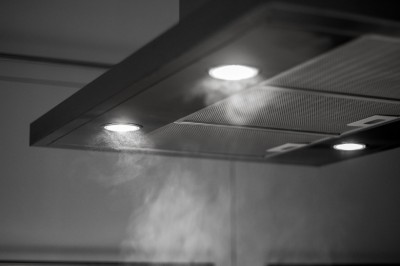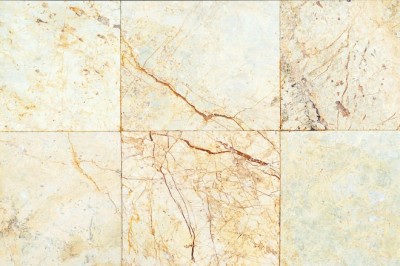Types of Chip Formation During Machining
As every one knows, chips are formed during the machining of workpieces. The side of the chip in contact with the cutting tool is normally shiny, flat and smooth while the other side, which is the free workpiece surface, is jagged due to shear.
It is important to study the formation of chips during the machining process as the former affects the surface finish, cutting forces, temperature, tool life and dimensional tolerance. Understanding the chip formation during the machining process for the specific materials will allow us to determine the machining speeds, feed rates and depth of cuts for efficient machining and increased tool life in the specific actual machining operation.
During the machining process, three basic types of chips are formed. They are discontinuous chips, continuous chips, and continuous chips with built-up edge.
Discontinuous chip formation normally occurs during machining of brittle work material. This type of chips also occus in machining operation with small rake angles on cutting tools, coarse machining feeds, low cutting speeds. Discontinuous chip formation results in poor workpiece surface finish.
During continuous chip formation, a continuous "ribbon" of metal flows up the chip-tool zone. This is considered to be the ideal condition for efficient cutting action.
Continuous chip with built-up edge formation is basically the same process as continuous chip formation, except that as the metal flows up the chip-tool zone, small particles of the metal begin to adhere or weld themselves to the edge of the cutting tool. As the particles continue to weld to the tool, it affects the cutting action of the tool.
This type of chip formation is common in machining of softer non-ferrous metals and low carbon steels. Common problems are the built-up edges breaking off and being embedded in the workpiece during machining, decrease in tool-life and final poor surface finish of the workpiece.
Studies on the built-up edges have shown that the chip material is welded, deformed and then deposited onto the rake face of the tool layer by layer. It is thus possible to observe the presence of built-up edges by studying the back face of the chip during the machining process. This is normally used in micro or ultra precision machining operation.
To reduce built-up edges, improve the lubrication conditions, use sharp tools and better surface finish tool and also apply ultrasonic vibration during the machining process.
Author Ken Yap is a director of Suwa Precision Engineering in Singapore and represents niche manufacturers of metal stamping, swiss screw machining, miniature precision gears, spline shafts, pcb fabrication and gear hobbing from Suwa, Japan.





















